Detail Overview of Career Opportunities Exercises
The chapter “Career Opportunities” focuses on the importance of planning and preparing for one’s professional life through essential tools like a Curriculum Vitae (CV). It explains that a CV is more than just a document—it reflects a person’s academic background, experiences, achievements, and professional aspirations. The chapter emphasizes how a well-crafted CV plays a vital role in applying for jobs, seeking promotions, and securing research opportunities.
It also introduces two types of CVs: the ‘staying CV’, which highlights a stable academic and administrative role within an institution, and the ‘leaving CV’, which focuses on research accomplishments and is tailored for new job prospects. The text encourages fresh graduates to build a strong, personalized CV and seek feedback from mentors and peers.
Finally, the chapter critically reflects on how employers can go beyond CVs to assess real potential through interviews and team interactions. It urges young aspirants to enhance not just their CVs, but also their communication skills, confidence, and creativity to stand out in a competitive job market.
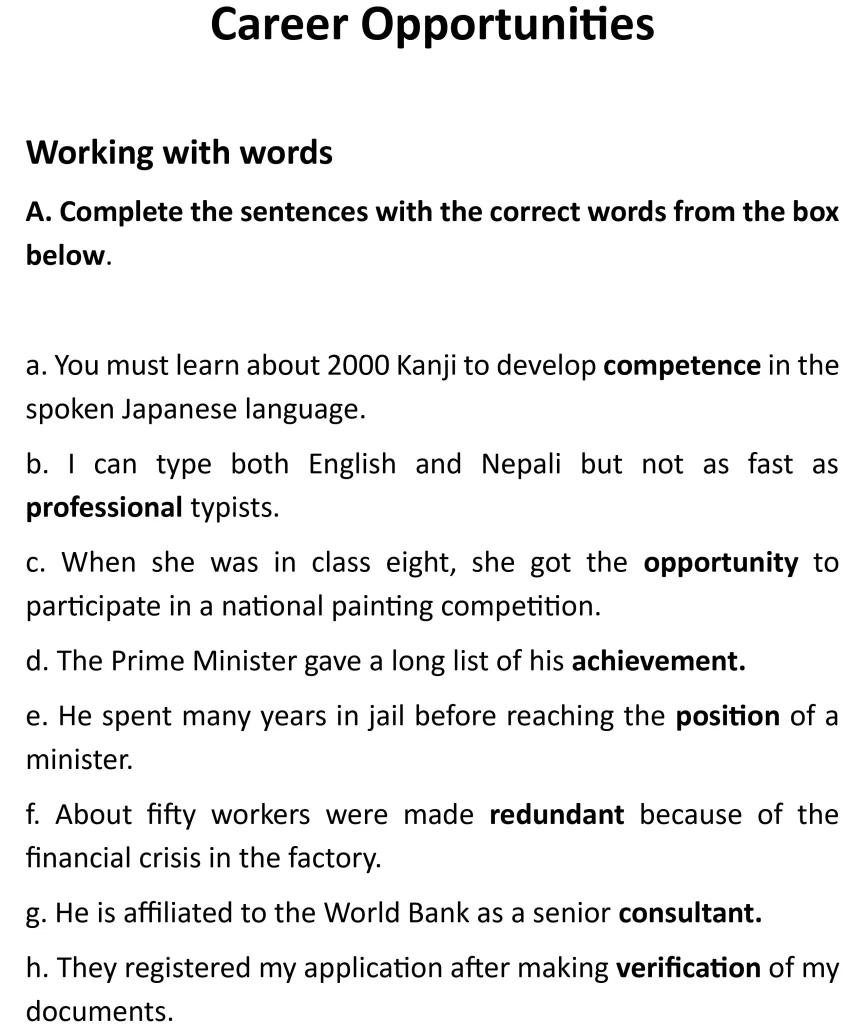

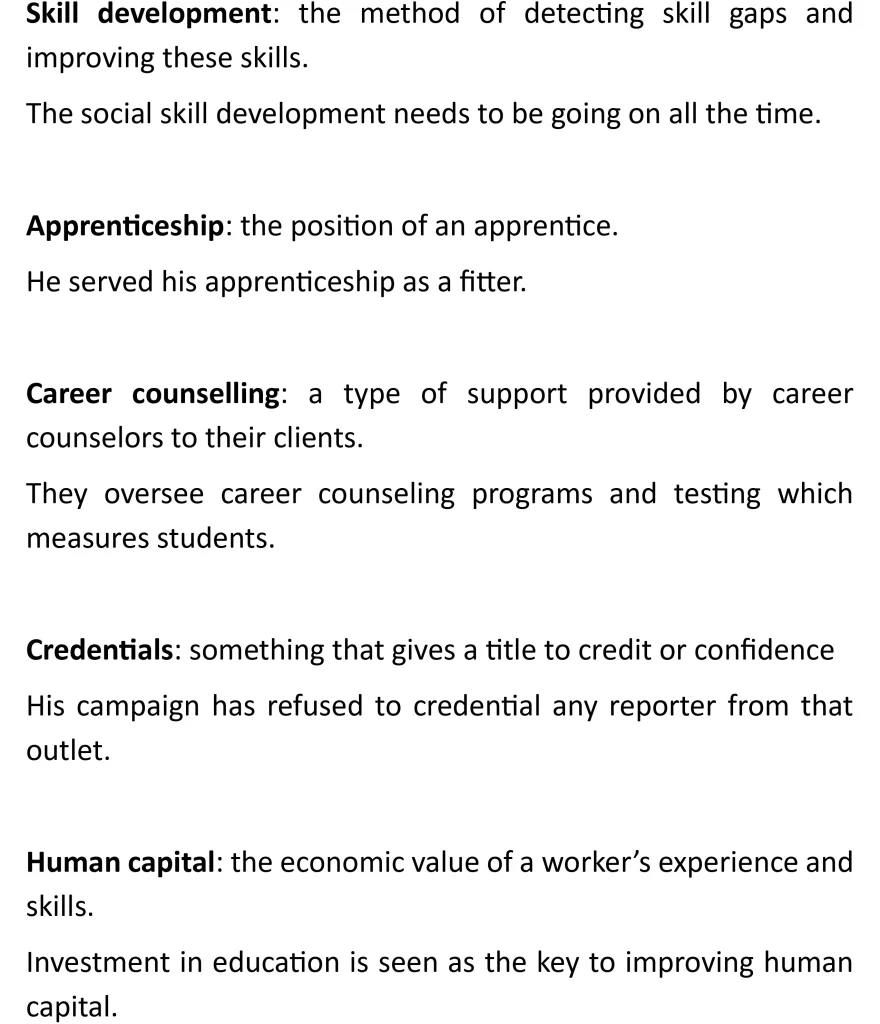


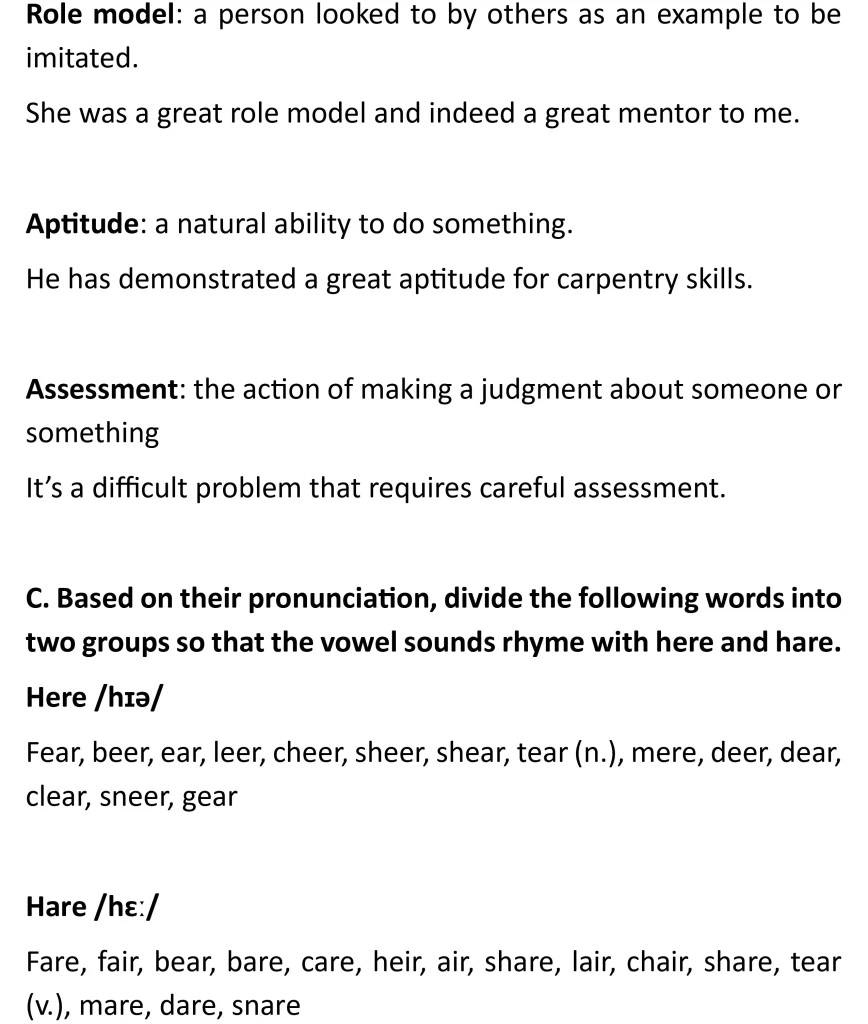
Continue reading the ‘Career Opportunities Exercises’ in meroguru app





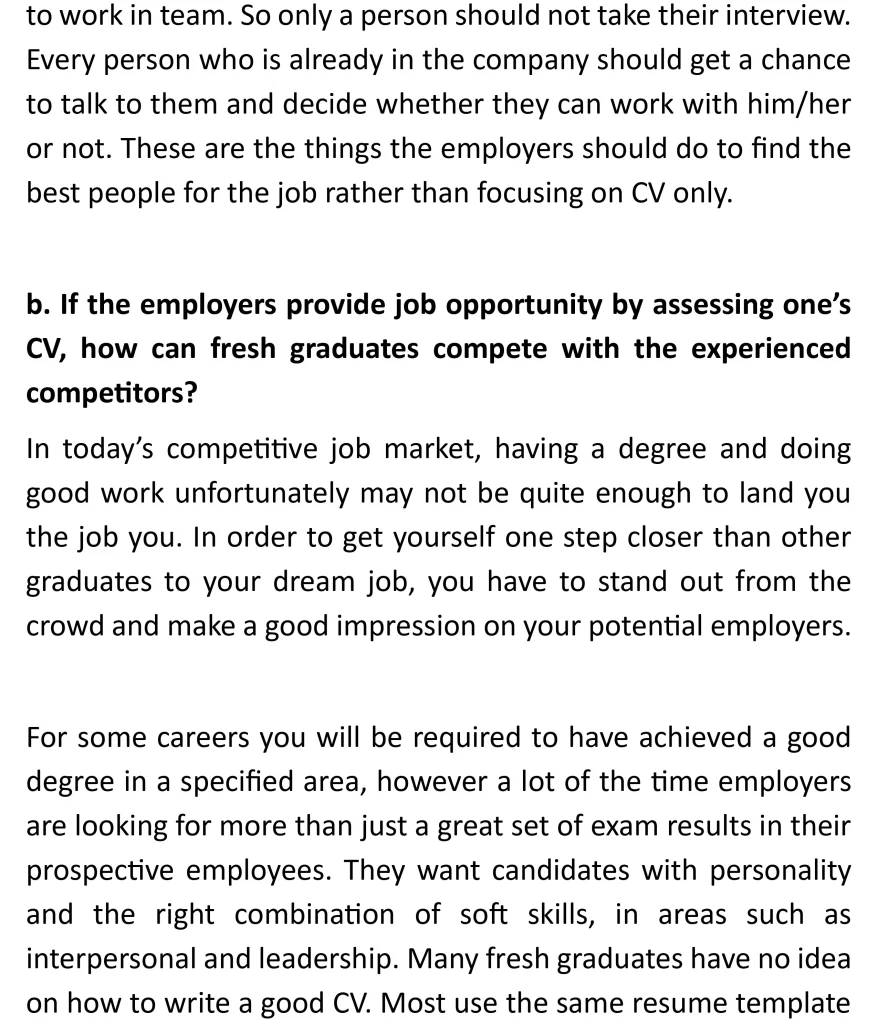
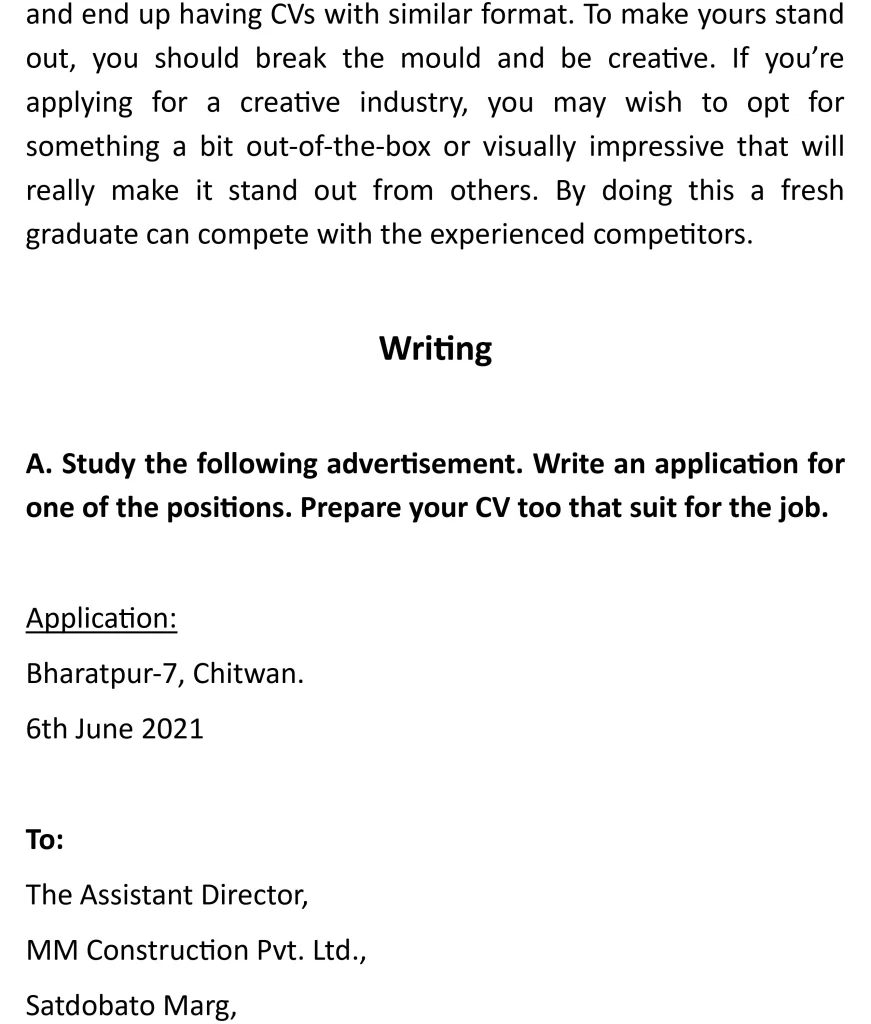




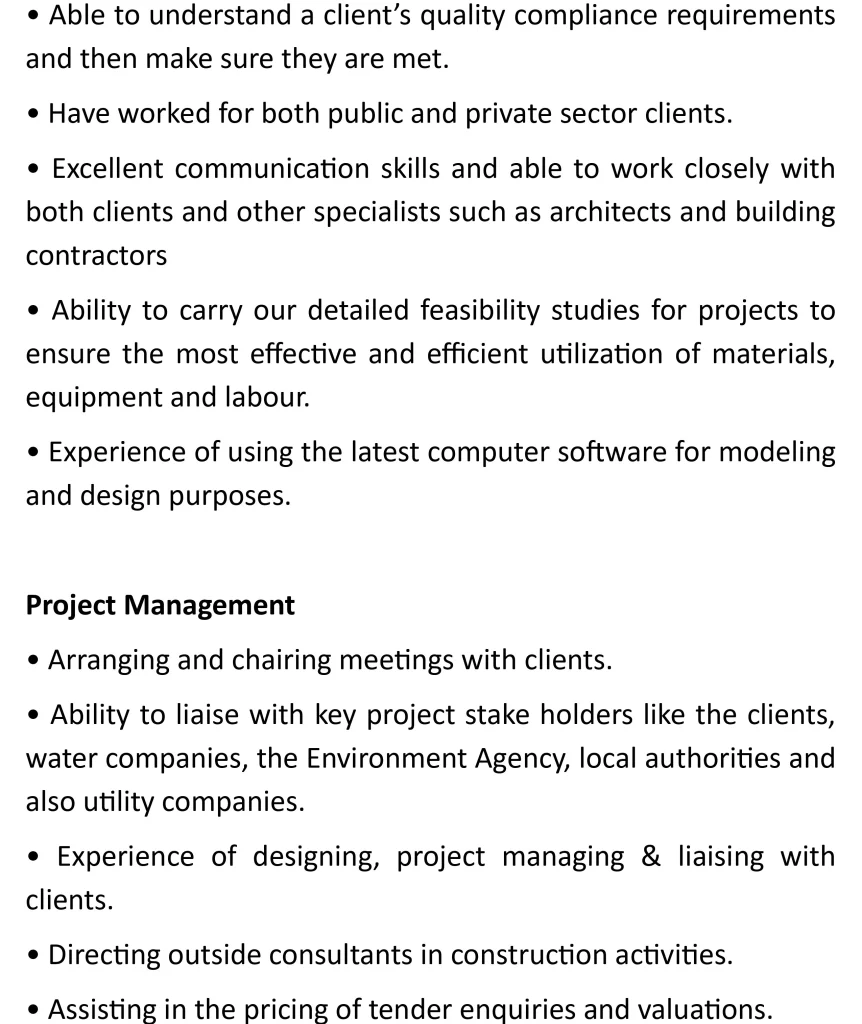







Summary of ‘Career Opportunities Exercises’
The chapter “Career Opportunities” focuses on the basics of building a professional path. It highlights the importance of writing a strong Curriculum Vitae (CV). A good CV opens doors to jobs, promotions, and research opportunities. Moreover, the chapter defines key terms like internship, apprenticeship, and career counseling.
It also explains the difference between academic and non-academic CVs. However, it points out that CVs alone cannot measure a person’s full potential. Therefore, employers should also look at soft skills, attitude, and team fit. In addition, the chapter includes grammar tasks and CV-writing tips. Overall, it is a practical guide for job seekers and career explorers alike.
Let me know if you’d like it optimized for a blog post or educational website with specific keywords.
Key Takeaways of ‘Career Opportunities Exercises’
A CV is more than a list: It’s a strategic document showcasing your personal, academic, and professional achievements, often used in multiple scenarios such as applying for a job, seeking promotions, or research grants.
Tailoring matters: Although one CV can technically be used for multiple jobs, tweaking it to highlight relevant qualifications and keywords from specific job descriptions increases your chances of selection.
Beyond qualifications: Employers today look for a blend of hard and soft skills. Communication, team compatibility, and leadership abilities are increasingly valued.
Two CV types: A “staying CV” reflects a balanced profile of an internal academic professional, while a “leaving CV” emphasizes research and innovation to appeal to external employers.
Fresh graduates need creativity: With less experience, freshers must focus on uniqueness and soft skills to stand out against seasoned professionals.
Alternative hiring practices: To get a true picture of a candidate, employers should consider team interactions, behavioral interviews, and trial experiences beyond traditional resumes.
FAQ:
Why is a CV considered so important for a professional career?
A CV acts as a formal representation of your academic background, achievements, experience, and skills. It plays a crucial role not just in job applications but also in gaining promotions, funding, or roles like external examiner or committee positions. It helps people assess your competence at a glance.
Should I use the same CV for every job application?
Not necessarily. While a general CV can be reused, it’s more effective to tailor it slightly for each position. Customizing your CV to include keywords from the job description and emphasizing relevant experiences can significantly improve your chances of selection.
What makes a CV “academic” versus “non-academic”?
Academic CVs are longer, detail-rich documents emphasizing publications, teaching, research, and committee work. Non-academic CVs tend to be shorter and focus more on transferable skills and achievements relevant to the corporate or public sectors. Academic CVs aim to verify; non-academic ones often persuade.
How can a fresh graduate compete with experienced professionals when applying for jobs?
Fresh graduates can focus on creativity, strong personal branding, and transferable soft skills such as communication and teamwork. Customizing your CV, presenting relevant projects, and adopting a unique style (especially in creative fields) can help you stand out even with limited experience.
What should employers do to fairly evaluate candidates beyond the CV?
Employers can introduce multi-step recruitment processes including cover letter analysis, behavioral assessments, team interviews, and informal group settings. These strategies help evaluate a candidate’s real-world aptitude, team fit, and communication abilities that may not be evident in a paper CV.
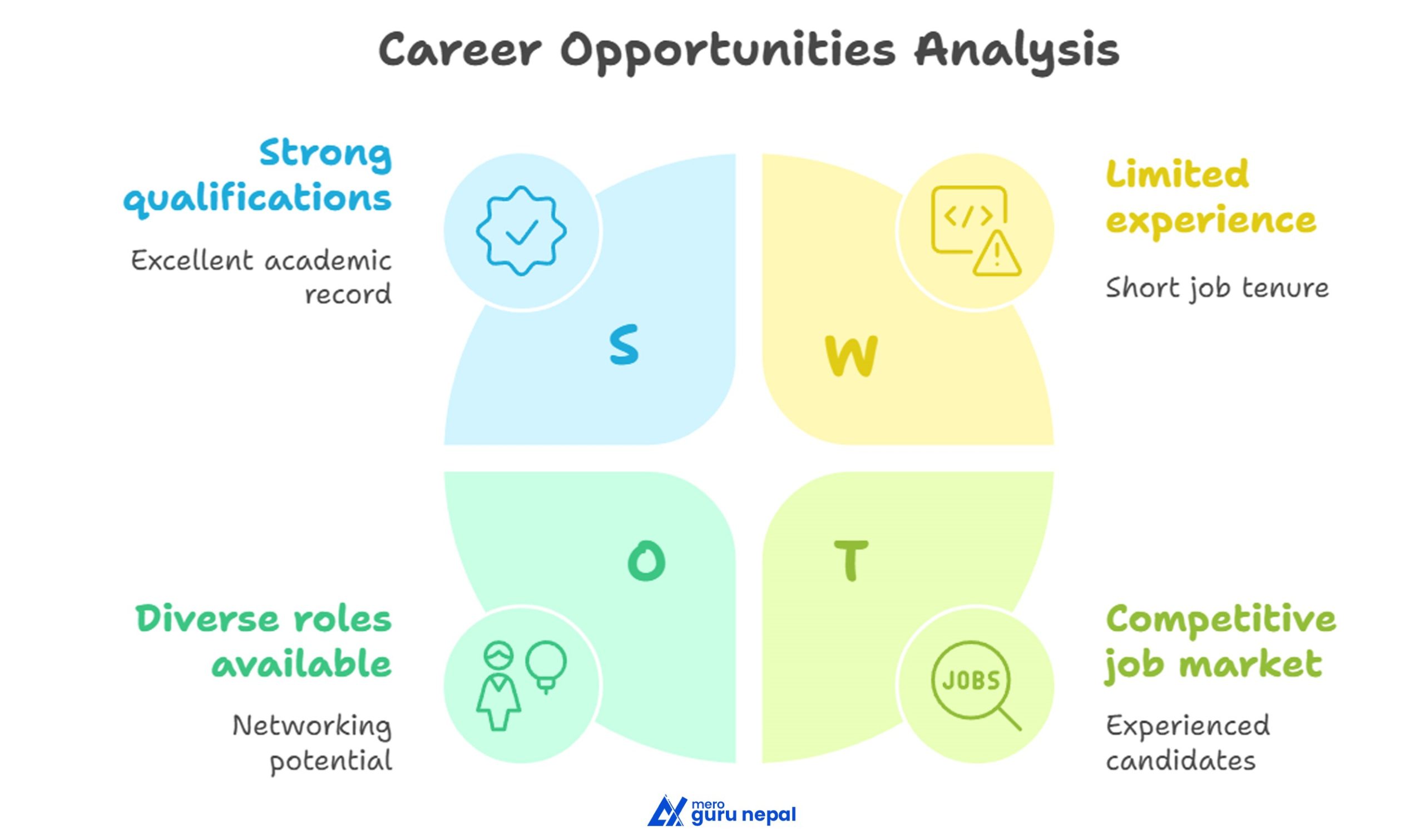
Leave a Reply